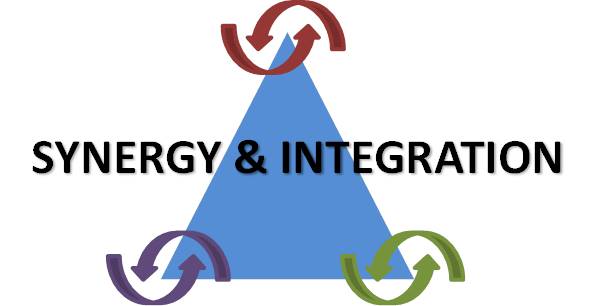The structure of the research program demonstrates its synergistic values of integrating data from varied loci of ancient human activity.

Due to unique preservation conditions in the Negev environment, the Byzantine period settlements provide an ideal context for questioning issues of collapse and resilience among ancient complex societies. In order to optimize the quality of the data and its resolution, the project applies a highly integrated approach focusing on retrieval of data from three major spheres of ancient human activities – Households, Landscapes and Garbage – and pays special attention to archaeological contexts containing superimposed records of both material culture evidence and paleo-environmental proxies. Houses, fields and garbage mounds have remained practically untouched in the dry and remote environment of the Negev for more than 1,500 years since their abandonment by the Byzantines.
 Partially collapsed residential structures at the site of Shivta protect intact living floors with richly-preserved material culture. Some of these structures retain main entrances which were sealed by their inhabitants upon abandonment and never reopned until the present. We intend to unearth such structures through meticulous, fine-scale excavations.
Partially collapsed residential structures at the site of Shivta protect intact living floors with richly-preserved material culture. Some of these structures retain main entrances which were sealed by their inhabitants upon abandonment and never reopned until the present. We intend to unearth such structures through meticulous, fine-scale excavations.
 An aerial photo of the town of Shivta and its environs highlights a landscape scarred by agricultural terracing along stream channels and fine stone lines used to collect and deliver dew to crops within a delicately balanced regional water regime.
An aerial photo of the town of Shivta and its environs highlights a landscape scarred by agricultural terracing along stream channels and fine stone lines used to collect and deliver dew to crops within a delicately balanced regional water regime.
 Surrounding the town of Halutza are large mounds preserving the ancient landfills of the settlement and which formed as a result of organized municipal trash removal over several hundreds of years. Excavated probes into these mounds reveals dense concentrations of both material culture and organic remains, indicating their origins in everyday household trash, and providing highly complimentary information to that retrieved from inside the houses.
Surrounding the town of Halutza are large mounds preserving the ancient landfills of the settlement and which formed as a result of organized municipal trash removal over several hundreds of years. Excavated probes into these mounds reveals dense concentrations of both material culture and organic remains, indicating their origins in everyday household trash, and providing highly complimentary information to that retrieved from inside the houses.



